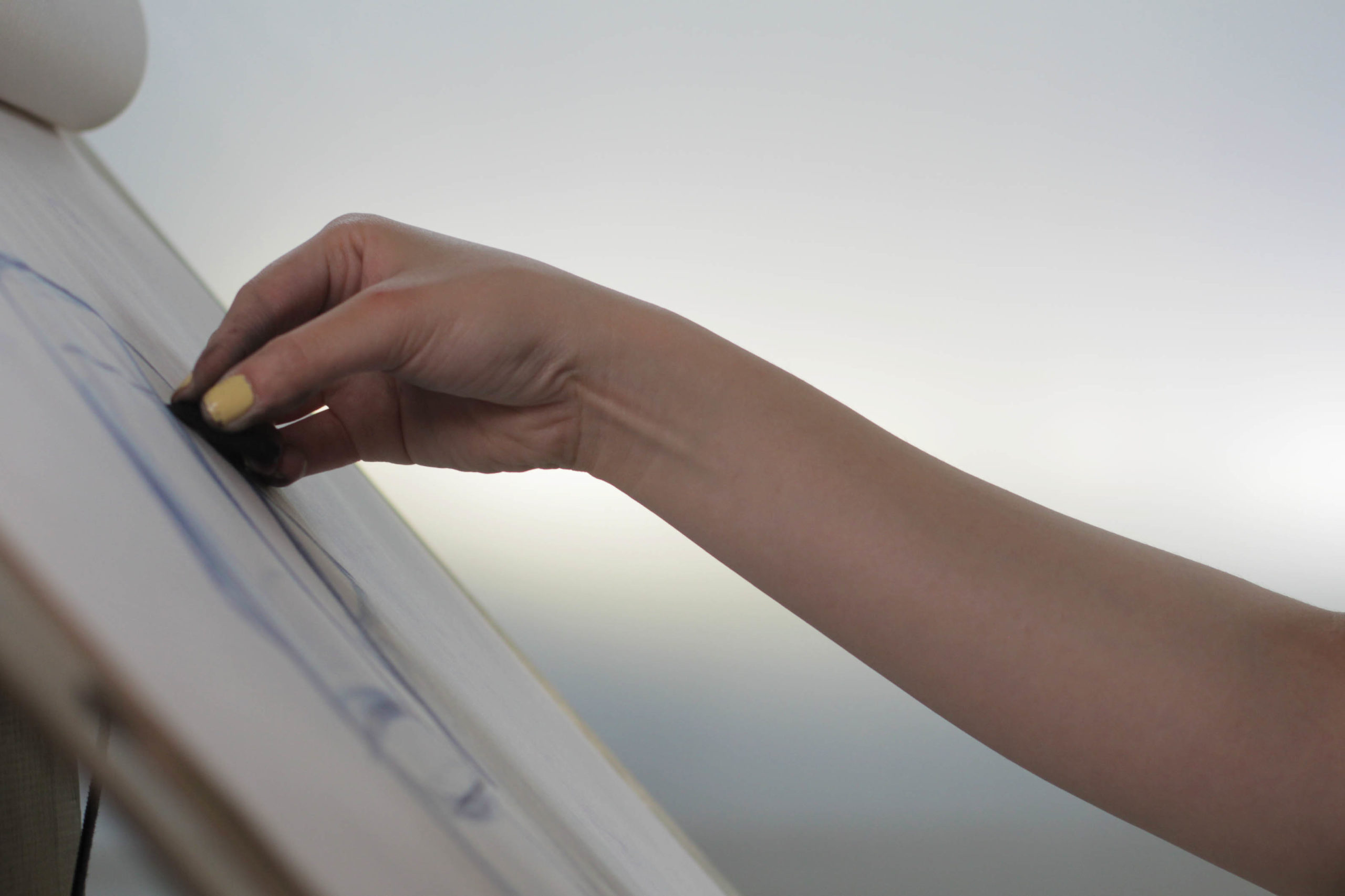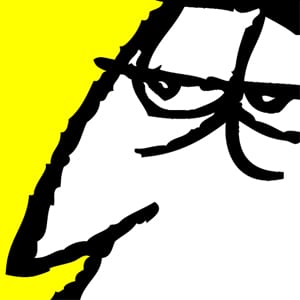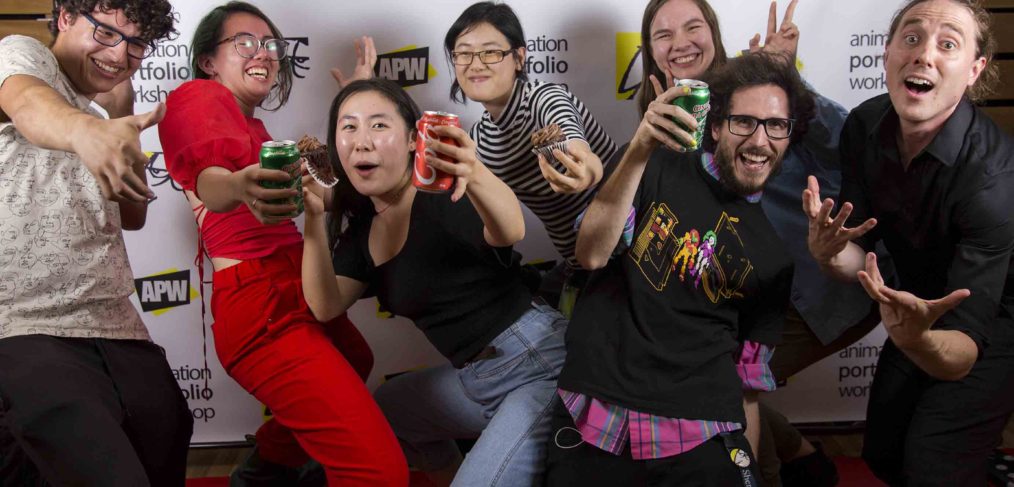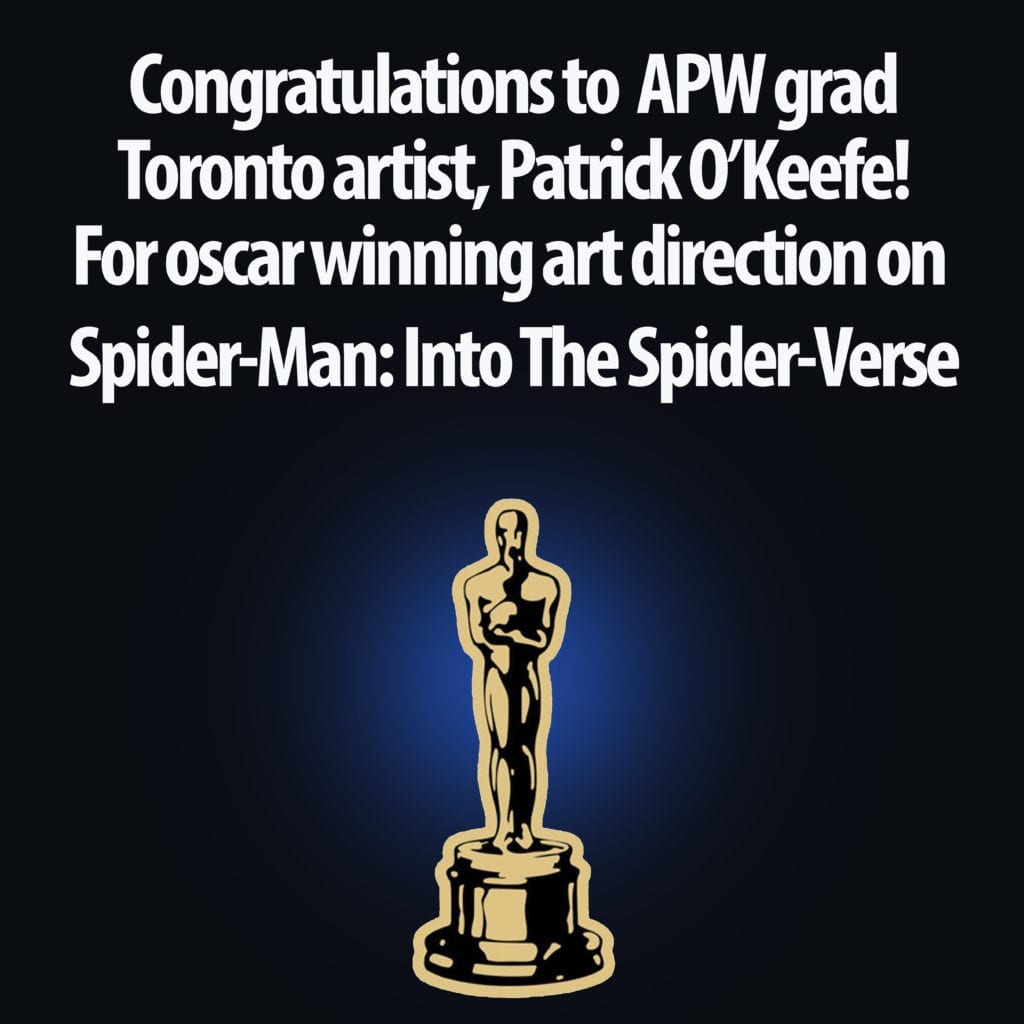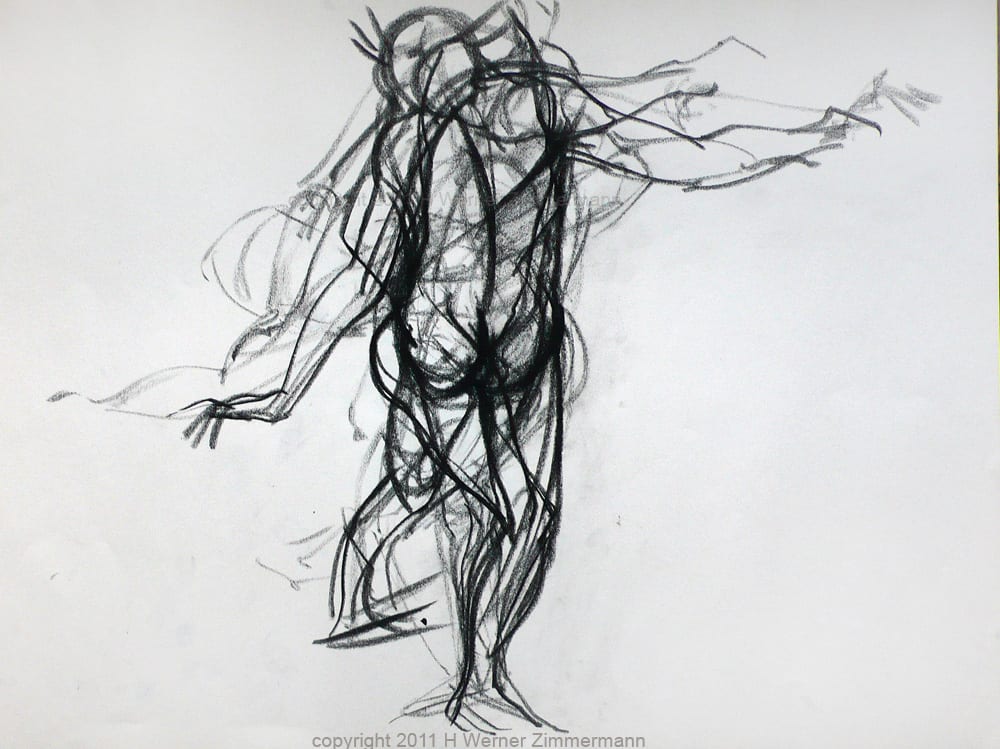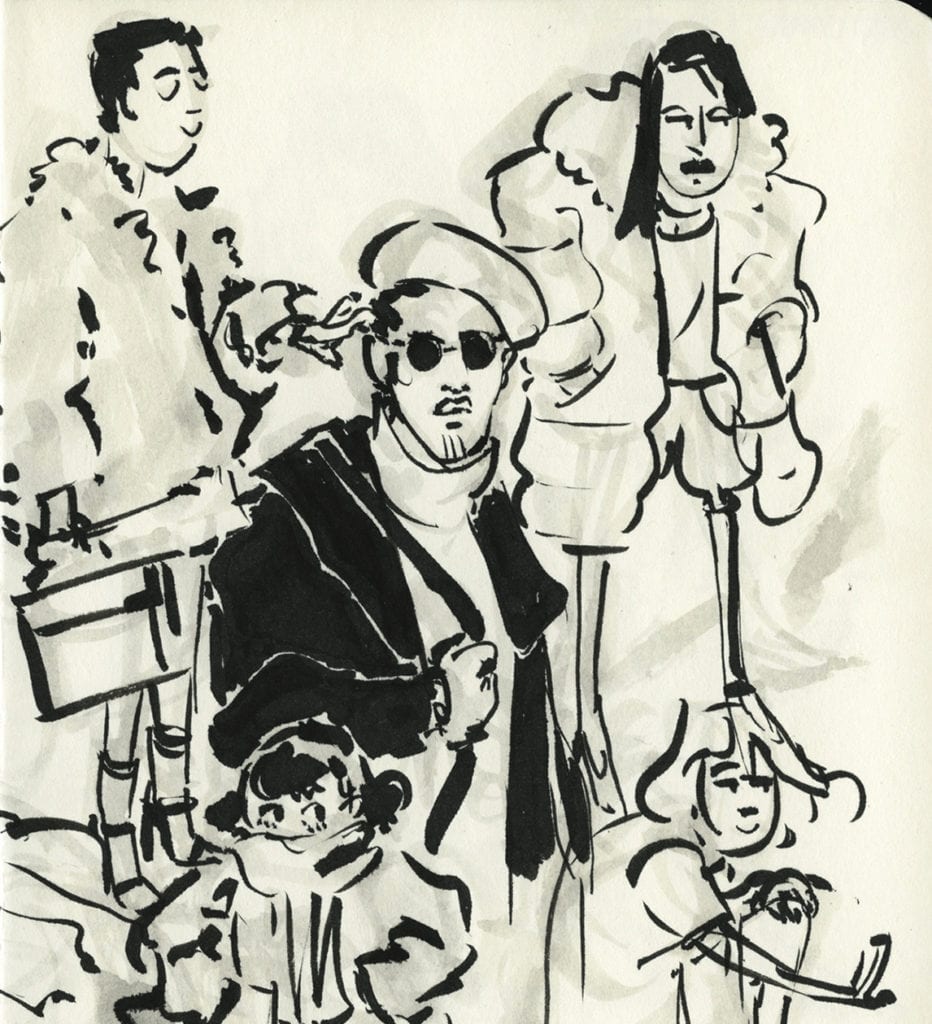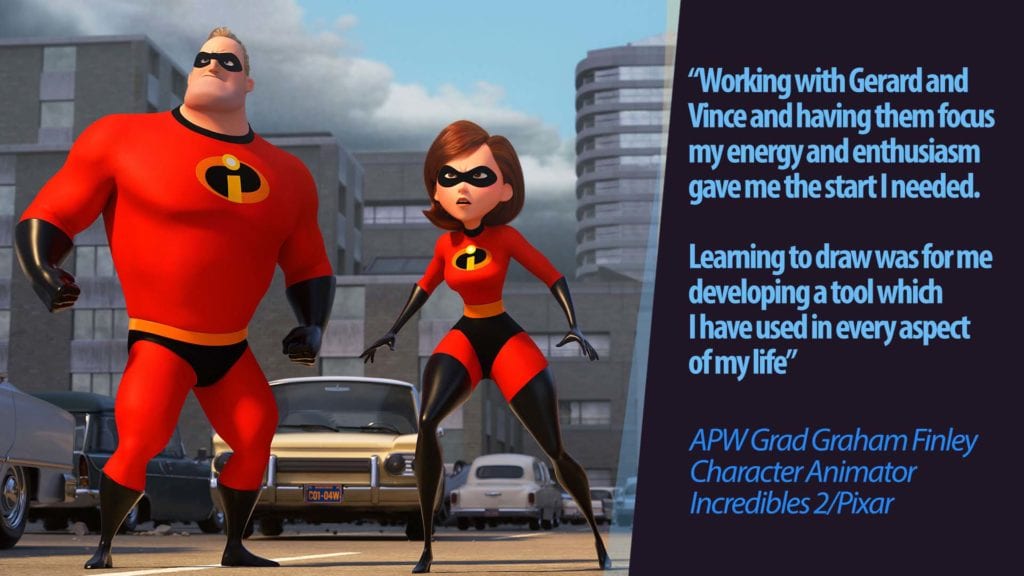A lot has happened in the world since February 2019 when I wrote my blog post on the pros and cons of studying observational drawing online.
The COVID-19 pandemic has forced students from their classrooms and onto online learning platforms in order to finish up their 2019/20 school year. The same phenomenon has occurred for art and animation students the world over. Unable to gather in groups with a live model to draw from, art students have been forced to finish up the observational life drawing sections of their programs online.
It is also starting to look like those same art students (at least the ones in Canada) may well be studying their entire upcoming school year (2020-21) online, and that the requirements for Canadian animation school entry portfolios may now be asking for renderings of the human figure from photographic sources as part of the life drawing portfolio requirements.
Unlike an academic format of study (book learning) which lends itself fairly easily to having the same amount and basic quality of classroom information disseminated through an online format, observational drawing classes, especially those drawing classes that focus on direct contact with the human figure in a life drawing studio environment have not faired quite as well – so far.
Here’s why…..
The eventual mastery of a number of observational figure drawing practices really do depend on the student carrying out these practices in real space with a model, and not through the drawing of images of the human figure projected through monocular, mechanistic technology, (ie the computer screen).
Even if the images of the model that are being projected to the student practitioner are live video feeds of real models in real time, they still fundamentally fall far short of delivering the type of rich visual/ perceptual experiences available to a student practitioner able to encounter an actual figure, in real space, sharing that real space with the model as they draw.
The basic reason for this is that ‘seeing’ something in real space in order to draw it is not just a mechanical optical feat of the eyes alone. Our ability to ‘see’ the figure in real space and to depict it also has a lot to do with our ability to physically feel and understand spatial relationships through our sense of touch and therefore to understand the way that forms move in and displace space.
Without getting overly technical here, we human beings come to an understanding of 3-dimensional form, mass and space gradually, over time because we all exist in it, and use more than just our eyes to experience it, understand its complex structure, and learn to function in it comfortably.
We physically move in space, not just think about it in abstract terms or look at it in a purely visual fashion…as I mentioned before, we use our sense of touch to help us move through, experience and interact in real space from the moment we are born. All of this first hand experience really helps to inform our understanding of the things we see, and factors in ultimately when we try to depict them. One can only learn to express these things in graphic terms if one has had real contact with them and is practicing certain exercises that refine and cultivate ones ability to express an experience of real form and space in a convincing graphic fashion.
So where does all this leave us in terms of the efficacy of online observational drawing courses, (especially online figure drawing courses or open life drawing sessions) to really teach us all that we need to know when it comes to being able to draw a figure well?
This is a very interesting question.
I would propose several approaches to provide some semblance of an answer to this.
First of all, it is apparent that the format of the online learning model does allow for a complete transmission of information based learning material; basically what we could simply term as the instructional and data based portion of what is required by the student throughout the learning process.
For example. The step-by-step instructions that a figure drawing practitioner would require in order to learn any specific aspect of the process of drawing the human figure could be effectively communicated to them through verbal instructions (pre recorded video lessons, pdf’s and video conferencing, etc) and through visual examples as well (step by step digital examples of any given exercise(s) drawn by the instructor). No problem here, as long as one has a decent internet connection and a computer screen or phone to look at.
Likewise with one on one instructor feedback for the student.
Through any basic video conferencing platform, coupled with a shared google drive file folder, instructors and students could share and engage in the critiquing process of figure drawings effectively.
Where the online model begins to fall short is in respect to its ability to provide the student practitioner with an experience that is comparable to that which is available to the student actually drawing from a real model in real space.
We can say that this is due to the inherent perceptual handicap imbedded in the technology itself…machines simply cannot see or represent reality in any way that is nearly as sophisticated as the ‘human way’.
Fundamentally, because we are seeing the figure that we are to draw from in an online course, courtesy of a computer screen, we are in effect drawing from a preconditioned image of the model that has been filtered and produced through the technology itself – a mechanistic monocular technology.
Therefore, in order to try to compensate somewhat for this drawback in the figurative source material that is available to the student via the computer, we must acknowledge that the student of any online figure drawing course must at the very least supplement their time spent drawing in front of a computer screen with an equal amount of time practicing the drawing exercises they are learning online by drawing real objects in real space…since organic objects share some common attributes with the human figure.
In this way at least, the student would be able to get a feel for what it is like to draw an organic form in real space to begin with – an experience that will considerably augment the amount of useable drawing knowledge they have already gained through their online drawing endeavours.
Then, when that blessed day comes, and students can return to the life drawing room once again to take up the study of depicting the human figure in real space, these online learners will have come out ahead of the game by having invested their time and energy wisely through their choice of and participation in an online life drawing program of merit.
